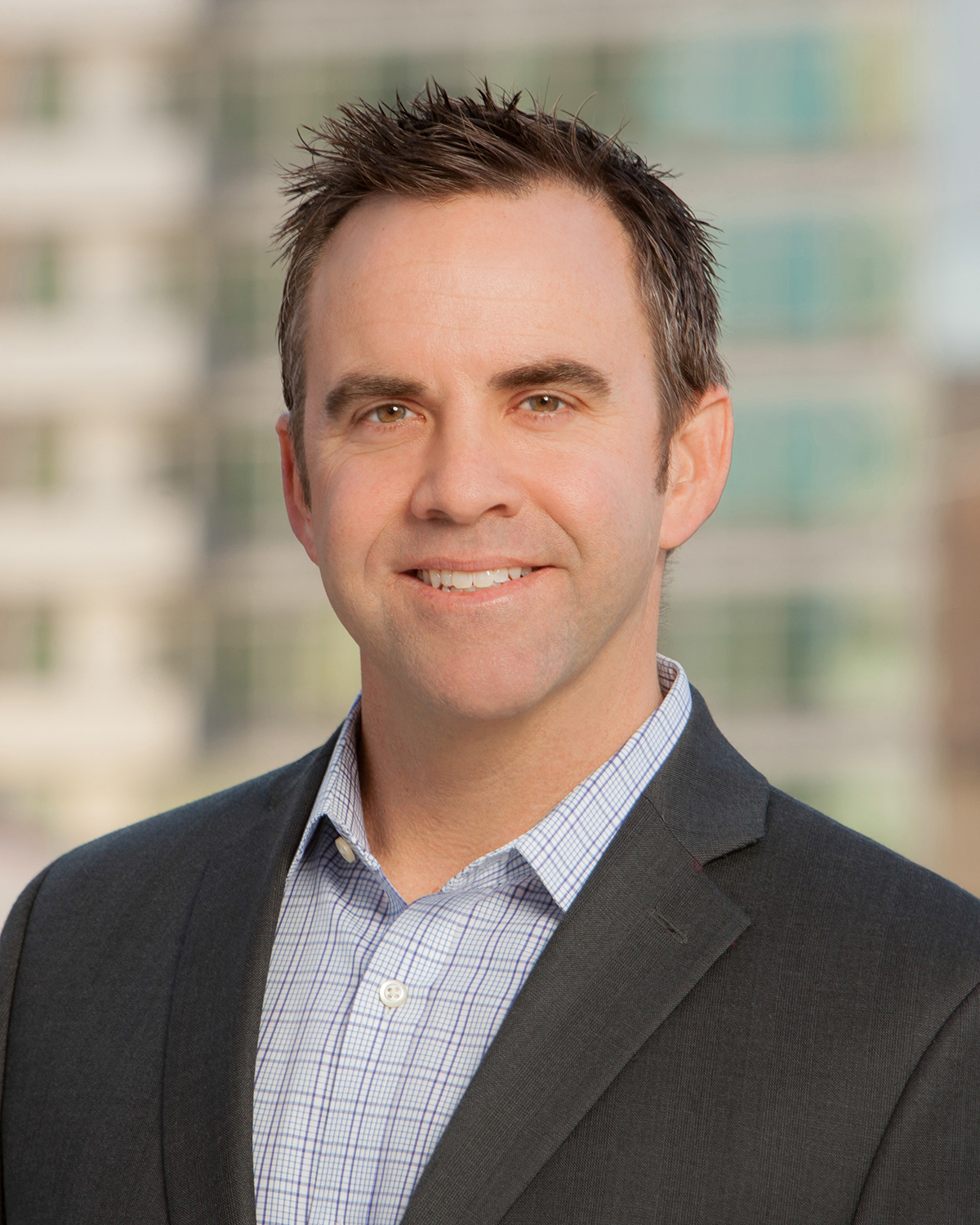A CEO has a number of responsibilities. At the most basic level however the CEO is responsible for the results of their company. While the companies results are affected by a number of factors, a large uninsured loss is possibly one of the most devastating. So what does a CEO need to know to effectively manage risk for their company?
We work with hundreds of business owners on their risk management and insurance programs. Most of our clients don’t want to be insurance experts, but they want to know enough about it to effectively manage the process and protect their company.
The purpose of insurance is to protect the Insured from the financial consequences of a fortuitous loss. The first step in the process is identifying exposures which could cause such losses. This requires a systematic evaluation of a companies operations. This should be conducted by an experienced insurance broker or consultant familiar with the business in question. It will likely involve interviews with not only the CEO and CFO but the companies Risk Manager and other Department Heads or Operational Managers involved with the day to day activities of the company.
Once the exposures have been identified, the second step is to determine what can be done to lower the frequency or severity of those exposures. Risk Control, as this step is called, is critical to managing the cost of risk.* A Risk Control survey should be conducted with your broker and the brokers risk control team. This would include personnel specializing in safety, HR and claims management. It would also include representatives from the Insurance Companies Loss Control Department as well as appropriate representatives from your team. The purpose is to create a Schedule of Risk Control Strategies and come to agreement on who will be responsible for what and when it will be done.
Once steps 1 & 2 have been completed it is time to determine what risks you want to insure and what risks you want to retain. Every company has a different risk tolerance. We have clients that want coverage on nearly every exposure with the lowest possible deductible (retention). Other clients only want to finance the low frequency, high hazard risks themselves by using a substantial deductible or retention. An experienced insurance broker will be able to determine a companies risk tolerance and provide appropriate insurance options for consideration. It is important to point out that just because an exposure exists, doesn’t mean it should necessarily be insured. It is however better to be aware of the exposure so it can be managed, as opposed to finding out at the time of a loss that you have no coverage.
The Risk Management Process doesn’t end. Once the exposures have been evaluated, the Risk Control Strategies agreed on and the insurance placed, you still need to stay on top of your companies exposures. It is always better to discuss a change in your business that may have insurance implications with your broker prior to a loss, than calling up to find out whether or not you are covered, after a loss.
CEO’s rely on a number of different professionals to help them guide and manage their companies. Business Consultants, Attorneys, Accountants, Bankers and others are all critical. Insurance Brokers are no different. While it is easy to get an insurance license, all insurance brokers are not the same. In order to effectively manage risk the proactive CEO will align themselves with the right insurance professional, who can analyze their risks, develop strategies to lower the frequency and severity of their loss exposures and negotiate favorable insurance terms with the right insurance company, at the lowest realistic cost.
*Insurance premiums are only one component to the Total Cost of Risk. Other factors such as dealing with claims, funding retentions or uncovered losses, and providing loss control and safety training can often exceed the cost of insurance.


